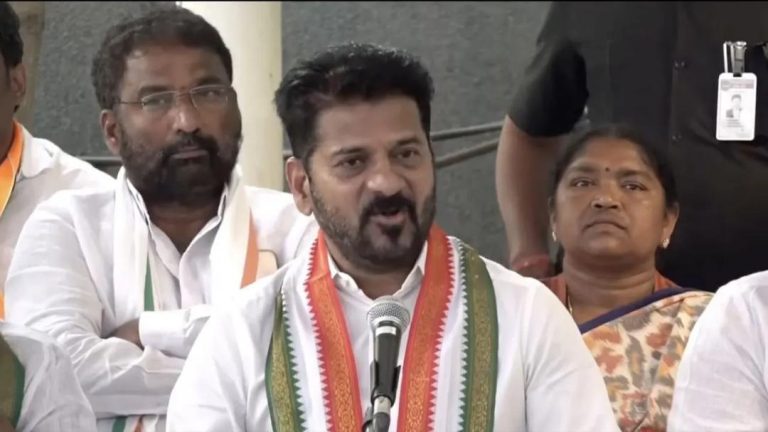
Why should I send water to Punjab?: J&K CM on canal proposal
The debate over water distribution in India has been a contentious issue for decades, with states vying for their fair share of the precious resource. The latest development in this saga is a proposed 113-kilometer-long canal that would redirect surplus water from three western rivers of the Indus system in Jammu and Kashmir to Punjab, Haryana, and Rajasthan. The canal proposal has sparked a heated debate, with Jammu and Kashmir Chief Minister Omar Abdullah questioning the need to send water to Punjab.
In a recent statement, Omar Abdullah expressed his reservations about the canal proposal, stating, “Why should I send water to Punjab? Punjab already had water under the Indus Waters Treaty.” The Indus Waters Treaty, signed in 1960, is an agreement between India and Pakistan that divides the waters of the Indus River system between the two countries. Under the treaty, Pakistan has the right to use the waters of the Indus River and its tributaries, while India is entitled to use the waters of the eastern rivers, including the Ravi, Beas, and Sutlej.
Abdullah’s statement has raised questions about the motivations behind the canal proposal. Is it a genuine attempt to address the water needs of the region, or is it a ploy to benefit Punjab at the expense of Jammu and Kashmir? The Chief Minister’s question about whether Punjab gave water to Jammu and Kashmir when it needed it is a valid one. Has Punjab ever shown any willingness to share its resources with Jammu and Kashmir, or has it always prioritized its own interests?
The Indus Waters Treaty has been a subject of controversy in the past, with both India and Pakistan accusing each other of violating the terms of the agreement. Pakistan has repeatedly claimed that India is not adhering to the treaty, while India has accused Pakistan of not allowing India to use its share of the waters. The treaty has also been criticized for being outdated and not taking into account the changing water needs of the region.
The proposed canal would divert water from the Chenab, Jhelum, and Ravi rivers, which are part of the western rivers of the Indus system. The waters would be used to irrigate crops in Punjab, Haryana, and Rajasthan, which are among the most water-intensive regions in the country. While it is true that these states face water scarcity, it is unclear why Jammu and Kashmir should bear the cost of their water needs.
Jammu and Kashmir is already a water-scarce state, with many areas facing severe drought-like conditions. The state’s water resources are heavily dependent on the Indus River system, and any diversion of water would have significant consequences for the state’s agriculture and industry. Moreover, Jammu and Kashmir has its own water needs, including the need to supply water to its cities and towns.
The canal proposal has also raised concerns about the environmental impact of the project. The diversion of water would alter the natural flow of the rivers, which could have significant consequences for the ecosystems and biodiversity of the region. The project would also require the construction of large dams and canals, which would displace local communities and cause environmental degradation.
In conclusion, the proposed canal project is a complex issue that requires careful consideration of the economic, social, and environmental implications. While Punjab, Haryana, and Rajasthan may face water scarcity, it is unclear why Jammu and Kashmir should bear the cost of their water needs. The Indus Waters Treaty is an outdated agreement that needs to be revisited in the context of changing water needs and environmental concerns.
As the debate over the canal proposal continues, it is essential that the government and other stakeholders engage in a transparent and inclusive decision-making process. The needs and concerns of all stakeholders, including Jammu and Kashmir, must be taken into account before any decision is made. Ultimately, the priority should be to ensure that all states in the region have access to sufficient water resources to meet their needs, while also protecting the environment and ensuring sustainable development.






